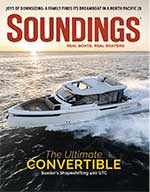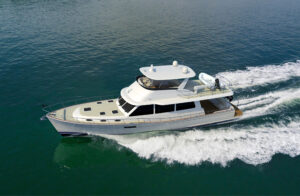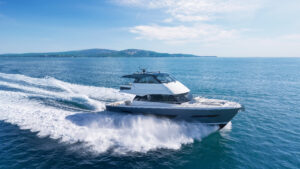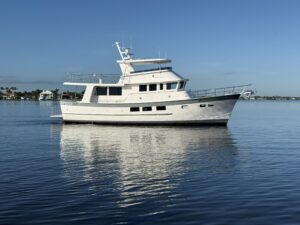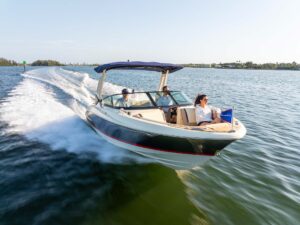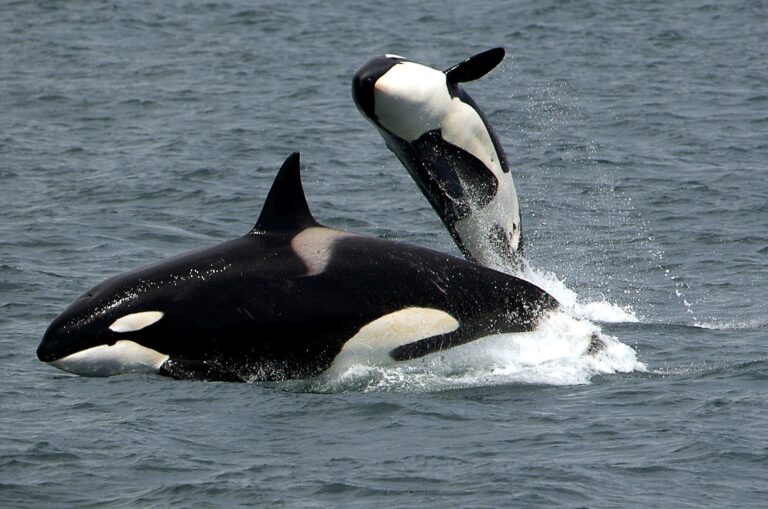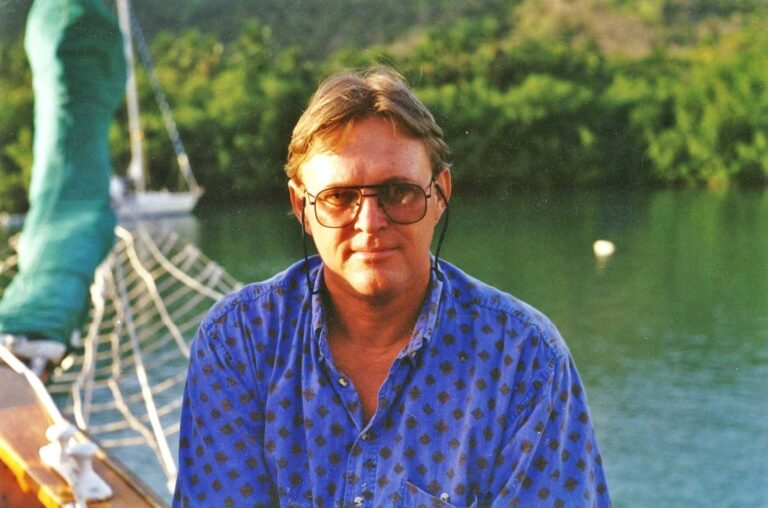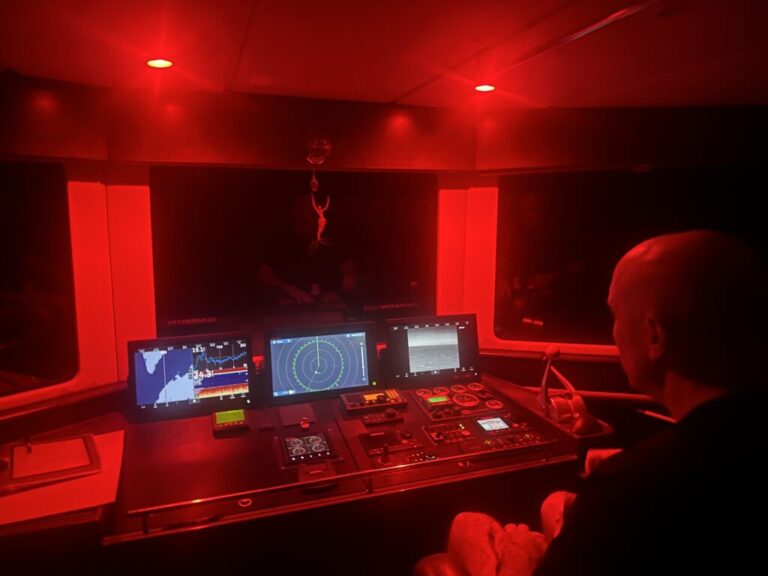
About 700: That’s the number of Pearson Tritons built during its mid-20th-century production run. The last of these pioneering fiberglass production sailboats launched in 1967, and many are still sailing. Some are prized for the same qualities that made them a hit at the 1959 New York International Boat Show.
Boatbuilders Clint and Everett Pearson brought the first one to that show, hoping to branch out from the fleet of rowboats and dinghies they’d been building since 1956. Swedish-born Carl Alberg designed the 35-foot sloop, which was built in fiberglass, making it one of the first production boats to use the new material. The Triton’s narrow hull, low freeboard and long overhangs were similar to the folkboats of Alberg’s native land. (Tom Potter of Jamestown, Rhode Island, also helped shape the design.) The profile showed a spoon bow and a trunk cabin with a relatively tall doghouse to provide headroom below.
The Triton carried a large mainsail with moderate foretriangle. The original three-quarter, fractional sloop rig was later replaced with a masthead rig on a shorter mast; some Tritons were yawls.
The layout was simple: a couple of settee berths in the cabin, an enclosed head amidships and a galley with an icebox at the foot of the companionway. Auxiliary power came from a Universal Atomic 4, the ubiquitous Universal Motor Company four-cylinder gasoline engine.
The Pearson Triton, as one reviewer wrote, was “surprisingly quick for her short waterline” and was touted as the “smallest, most affordable offshore boat you can buy.” Offshore was the key word in that phrase. The design’s reputation for seaworthiness was highlighted when single-handed sailor James Baldwin took his Triton around the world—twice—in the 1980s. Thanks in no small way to the Triton, the Pearson Yachts brand became a byword for quality cruising and performance sailboats.
This article originally appeared in the January 2019 issue.

